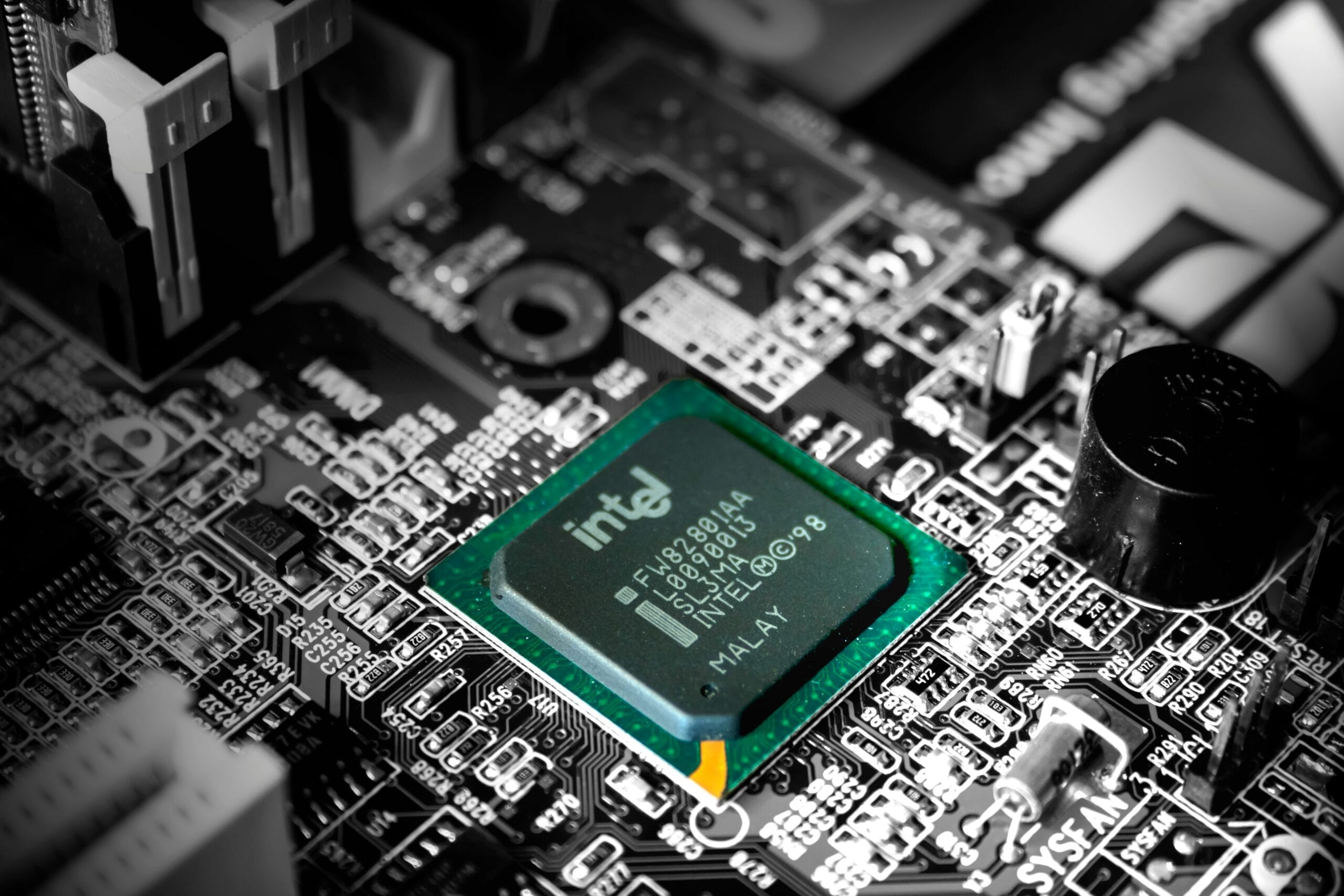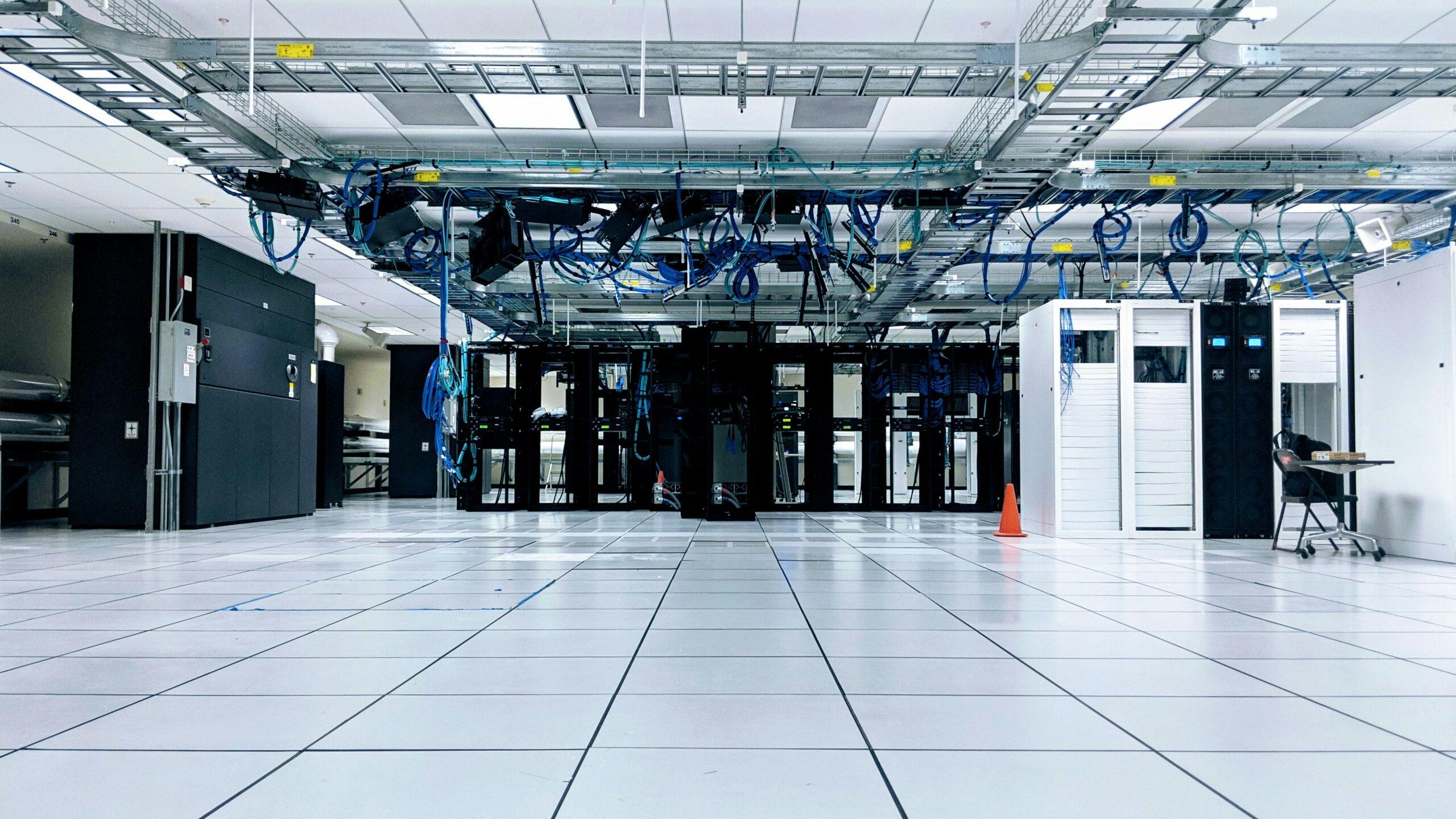In recent years, CPUs with integrated graphics have become an essential part of the computing world. Whether you’re building a budget PC, need a compact system, or prefer a low-power setup, CPUs with integrated graphics can offer a balance between performance and cost-efficiency. This guide delves deep into what integrated graphics are, their benefits, the best options available, and how they compare to dedicated graphics cards.
Table of Contents
- What Are CPUs with Integrated Graphics?
- How Integrated Graphics Work
- The Benefits of Integrated Graphics
- Limitations of Integrated Graphics
- Top CPUs with Integrated Graphics in 2024
- CPUs with Integrated Graphics vs Dedicated Graphics Cards
- Who Should Consider a CPU with Integrated Graphics?
- Conclusion
1. What Are CPUs with Integrated Graphics?
A CPU with integrated graphics (commonly referred to as an iGPU or APU for AMD processors) combines both a processor and a graphics processor on a single chip. This design eliminates the need for a separate graphics card, making it a space-saving, energy-efficient option for many users.
Most modern CPUs from Intel (via their Intel UHD or Iris Xe graphics) and AMD (via Radeon Vega graphics in their APUs) include integrated graphics solutions.
2. How Integrated Graphics Work
In a CPU with integrated graphics, the graphics processing unit (GPU) is built directly into the processor die. This eliminates the need for a separate graphics card, as the iGPU uses system memory (RAM) for rendering tasks instead of its own dedicated memory (VRAM).
Key Technical Points:
- Shared Memory: The iGPU uses system RAM for graphical tasks, unlike a dedicated GPU, which has its own video memory.
- Unified Chip: Both CPU and GPU cores are integrated onto the same silicon, allowing for reduced latency between CPU and GPU operations.
- Lower Power Consumption: CPUs with integrated graphics consume less power than setups with separate graphics cards, making them ideal for energy-efficient builds.
3. The Benefits of Integrated Graphics
A. Cost-Efficiency
One of the main reasons users opt for CPUs with integrated graphics is to save on the cost of purchasing a separate GPU. For basic tasks such as web browsing, video playback, office work, and even light gaming, an iGPU is more than capable.
B. Energy Efficiency
Since there’s no need for an additional GPU, systems using integrated graphics tend to consume significantly less power. This makes them perfect for laptops, mini-PCs, and other low-power systems.
C. Space-Saving
In compact builds such as mini-ITX systems, CPUs with integrated graphics allow users to avoid the need for large, power-hungry GPUs. This can be particularly useful in home theater PCs (HTPCs) or small office environments.
D. Adequate for Light Gaming and Content Creation
While they aren’t designed for high-end gaming or professional-level rendering, modern integrated graphics can handle older or less graphically demanding games at low to medium settings. Some iGPUs, such as Intel’s Iris Xe, can even manage light video editing and 3D rendering.
E. Simplified Builds
For beginners or users not requiring intense graphical processing power, CPUs with integrated graphics simplify the building process. You don’t need to worry about driver installation or troubleshooting related to separate GPUs.
4. Limitations of Integrated Graphics
While CPUs with integrated graphics offer many benefits, there are some limitations to consider:
A. Performance Limitations
Integrated graphics use shared system memory, which is slower and less optimized than the dedicated VRAM found in discrete graphics cards. This limits their ability to handle graphically intensive tasks such as AAA gaming, 3D modeling, or rendering at high resolutions.
B. Limited Future-Proofing
As games and software become more graphically demanding, CPUs with integrated graphics can quickly become outdated. They offer a lower ceiling for performance upgrades compared to dedicated GPUs, which can be swapped out for newer, more powerful models.
C. Thermal Throttling
In smaller systems with limited cooling solutions, CPUs with integrated graphics can experience thermal throttling. This occurs when the CPU reduces its speed to prevent overheating, negatively impacting both computing and graphical performance.
5. Top CPUs with Integrated Graphics in 2024
A. Intel Core i5-13500 (Iris Xe Graphics)
- Base Clock: 2.5 GHz
- Max Turbo Frequency: 4.8 GHz
- Graphics: Intel Iris Xe Graphics (80 EUs)
- TDP: 65W
- Memory Support: DDR4-3200/DDR5-4800
Intel’s 13th-generation Core i5-13500 offers excellent performance for general computing tasks and light gaming, thanks to its Iris Xe integrated graphics. With 12 cores (4 performance cores and 8 efficiency cores) and Iris Xe graphics with 80 execution units, it’s ideal for multitasking and media playback.
B. AMD Ryzen 5 7600G (Radeon Vega 8 Graphics)
- Base Clock: 3.8 GHz
- Max Boost Clock: 4.6 GHz
- Graphics: Radeon Vega 8 (8 CUs)
- TDP: 65W
- Memory Support: DDR5-5200
The Ryzen 5 7600G comes with integrated Radeon Vega 8 graphics, providing strong performance for casual gaming and media editing. AMD’s APUs are known for their solid iGPU performance, offering better gaming capabilities than Intel’s UHD solutions.
C. Intel Core i7-13700 (Iris Xe Graphics)
- Base Clock: 2.1 GHz
- Max Turbo Frequency: 5.0 GHz
- Graphics: Intel Iris Xe Graphics (96 EUs)
- TDP: 125W
- Memory Support: DDR4-3200/DDR5-4800
The Intel Core i7-13700 features Intel’s Iris Xe integrated graphics, providing good graphical performance for content creators and power users who don’t require a dedicated GPU. It’s a robust option for productivity tasks, supporting up to 4K resolution for video playback.
D. AMD Ryzen 7 7800G (Radeon Vega 11 Graphics)
- Base Clock: 3.5 GHz
- Max Boost Clock: 4.7 GHz
- Graphics: Radeon Vega 11 (11 CUs)
- TDP: 65W
- Memory Support: DDR5-5200
AMD’s Ryzen 7 7800G is designed for users who need more graphical power from their CPU. The integrated Radeon Vega 11 GPU can handle light gaming, photo editing, and some creative work. It’s a well-balanced choice for users who want decent graphics performance without a dedicated GPU.
Also Read: The Best GPUs for Intel 8th Gen CPUs in 2024
6. CPUs with Integrated Graphics vs Dedicated Graphics Cards
When comparing CPUs with integrated graphics to dedicated graphics cards, several factors come into play:
| Aspect | CPUs with Integrated Graphics | Dedicated Graphics Cards |
| Cost | More affordable, no need for a separate purchase | More expensive, requires additional hardware |
| Power Consumption | Lower power consumption, energy-efficient | Higher power draw, requires more cooling |
| Performance | Suitable for basic tasks, light gaming | Better for gaming, rendering, and graphically demanding tasks |
| Upgrade Potential | Limited, requires a new CPU for upgrades | Easily upgradable by swapping out the GPU |
| Space Requirements | Compact, good for small builds | Requires more space inside the case |
| Future-Proofing | Limited future-proofing | Higher future-proofing with newer models |
7. Who Should Consider a CPU with Integrated Graphics?
A. Budget-Conscious Builders
If you’re building a budget PC and don’t require high-end graphics performance, a CPU with integrated graphics is a cost-effective solution. You can always add a dedicated GPU later if your needs change.
B. Home Office and General Use
For general productivity tasks like word processing, spreadsheets, web browsing, and media playback, a CPU with integrated graphics is more than sufficient.
C. Small Form Factor PCs
If space is a concern, such as in mini-ITX or micro-ATX builds, opting for a CPU with integrated graphics saves room and simplifies cooling requirements.
D. Entry-Level Gamers and Content Creators
While dedicated GPUs offer superior performance for gaming and content creation, modern integrated graphics can handle less graphically intensive games and software, making them suitable for casual gamers and hobbyist creators.
Conclusion
CPUs with integrated graphics offer a versatile solution for users who need an affordable, energy-efficient, and compact system without sacrificing basic graphical performance. While they come with limitations in terms of gaming and heavy-duty graphical tasks, they are more than capable for everyday use, light gaming, and content creation.




